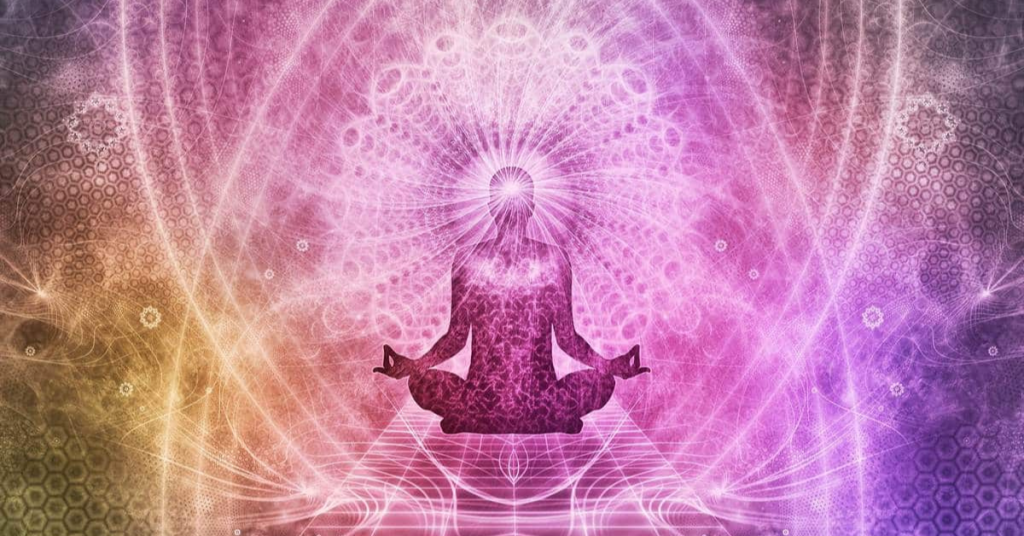Introduction
In the bustling symphony of life, we often find ourselves caught in the cacophony of stress, responsibilities, and never-ending demands. It’s no surprise that we all seek moments of tranquility, balance, and happiness. This quest for personal well-being has led many on a journey toward yoga, a practice that, despite its ancient origins, is still discovering its full potential in the modern world.
The State of Yoga
Recent statistics reveal a surprising truth: yoga, while gaining prominence, has yet to fully weave itself into the fabric of daily life for the majority of people. A recent survey by Google Eyes exposed the fact that only fifteen percent of the U.S. population actively participates in yoga. Even more astounding is that a substantial seventy-two percent have never experienced a single yoga session, and an additional thirteen percent started but discontinued their practice. The outcome? A staggering eighty-five percent of Americans remain untouched by the profound transformation that yoga offers.
Demystifying Yoga
So, what is yoga, and what makes it such a potent tool for personal growth, balance, and happiness? Yoga is not limited to mere physical postures; it is the union of body, mind, and spirit. At its core, yoga is about understanding the intricate connection between our physical and mental selves. This awareness allows us to open the door to a happier, more fulfilling life.
Eastern vs. Western Perspectives on the Mind
To truly grasp the impact of yoga, we must acknowledge the distinction between Eastern and Western perspectives on the mind. In the Eastern world, the mind is considered a multi-dimensional entity, composed of various facets. While the conscious mind is just one part, this view forms the foundation of our comprehension of yoga’s incredible effects.
The Eastern perspective divides the mind into two primary components: the conscious mind (“Manas”) and the energy field (“Prana”). The term “Yoga” itself is derived from the Spanish word “yugo,” meaning “to yoke” or “to unite.” It epitomizes the union of the conscious mind and the field of energy—the essence of yoga practice.
The Two Aspects of Consciousness
Imagine our consciousness as two fundamental elements: “M1,” representing the conscious mind, and “M2,” symbolizing the field of energy. This duality signifies the intricate interplay between our physical and energetic selves. Yoga acts as a bridge between these aspects, unlocking the reservoir of life force, light, and information within.
The Power of Transformation
Yoga extends far beyond physical poses and breathing exercises; it offers a holistic path to self-realization and self-mastery. By harmonizing M1 and M2, individuals can tap into their life force and information flow, embarking on a transformative journey towards balance and fulfillment.
Unlocking the Yoga Experience
In recent decades, the yoga industry has evolved into a $27 billion phenomenon. However, this growth isn’t merely a reflection of physical postures; it’s a testament to the tangible, positive changes that people undergo through yoga practice. Renowned figures like Deepak Chopra have illuminated the profound connection between the body and mind. The statistics illustrate an audience yearning for the transformation that yoga can provide.
Conclusion
Yoga is not just a lucrative industry; it’s a path to self-discovery and personal growth. The statistics indicate a vast potential audience eager to unlock the profound knowledge and transformative potential of yoga. As we bridge the gap between our physical and energetic selves, we discover the incredible power within, ready to be awakened. The pursuit of happiness is a journey that anyone can undertake, and yoga offers the path to uncover the latent strength and wisdom within each of us.

